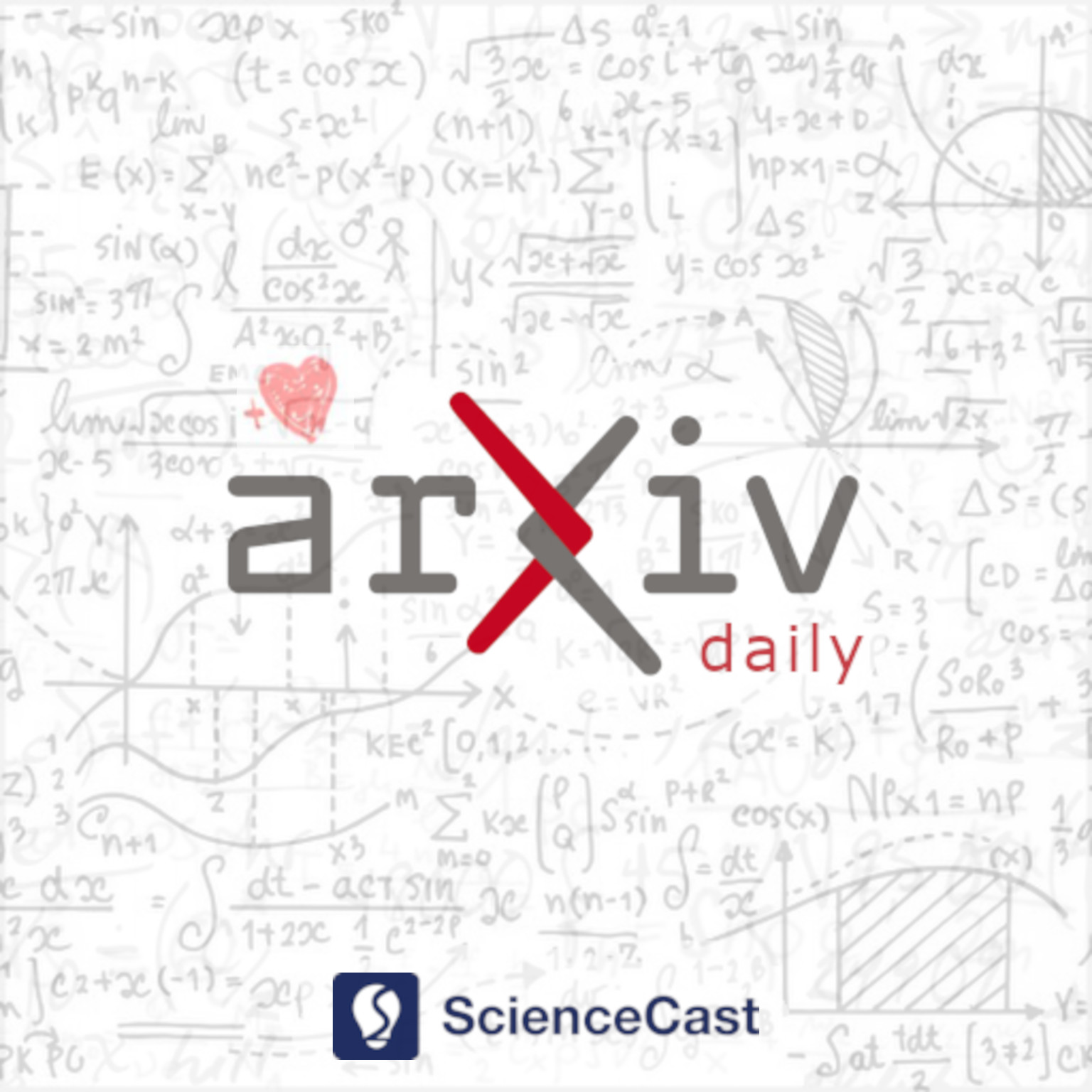
Earth and Planetary Astrophysics (astro-ph.EP)
Thu, 20 Apr 2023
1.Jupiter Science Enabled by ESA's Jupiter Icy Moons Explorer
Authors:Leigh N. Fletcher, Thibault Cavalié, Davide Grassi, Ricardo Hueso, Luisa M. Lara, Yohai Kaspi, Eli Galanti, Thomas K. Greathouse, Philippa M. Molyneux, Marina Galand, Claire Vallat, Olivier Witasse, Rosario Lorente, Paul Hartogh, François Poulet, Yves Langevin, Pasquale Palumbo, G. Randall Gladstone, Kurt D. Retherford, Michele K. Dougherty, Jan-Erik Wahlund, Stas Barabash, Luciano Iess, Lorenzo Bruzonne, Hauke Hussmann, Leonid I. Gurvits, Ondřej Santolik, Ivana Kolmasova, Georg Fischer, Ingo Müller-Wodarg, Giuseppe Piccioni, Thierry Fouchet, Jean-Claude Gérard, Agustin Sánchez-Lavega, Patrick G. J. Irwin, Denis Grodent, Francesca Altieri, Alessandro Mura, Pierre Drossart, Josh Kammer, Rohini Giles, Stéphanie Cazaux, Geraint Jones, Maria Smirnova, Emmanuel Lellouch, Alexander S. Medvedev, Raphael Moreno, Ladislav Rezac, Athena Coustenis, Marc Costa
Abstract: ESA's Jupiter Icy Moons Explorer (JUICE) will provide a detailed investigation of the Jovian system in the 2030s, combining a suite of state-of-the-art instruments with an orbital tour tailored to maximise observing opportunities. We review the Jupiter science enabled by the JUICE mission, building on the legacy of discoveries from the Galileo, Cassini, and Juno missions, alongside ground- and space-based observatories. We focus on remote sensing of the climate, meteorology, and chemistry of the atmosphere and auroras from the cloud-forming weather layer, through the upper troposphere, into the stratosphere and ionosphere. The Jupiter orbital tour provides a wealth of opportunities for atmospheric and auroral science: global perspectives with its near-equatorial and inclined phases, sampling all phase angles from dayside to nightside, and investigating phenomena evolving on timescales from minutes to months. The remote sensing payload spans far-UV spectroscopy (50-210 nm), visible imaging (340-1080 nm), visible/near-infrared spectroscopy (0.49-5.56 $\mu$m), and sub-millimetre sounding (near 530-625\,GHz and 1067-1275\,GHz). This is coupled to radio, stellar, and solar occultation opportunities to explore the atmosphere at high vertical resolution; and radio and plasma wave measurements of electric discharges in the Jovian atmosphere and auroras. Cross-disciplinary scientific investigations enable JUICE to explore coupling processes in giant planet atmospheres, to show how the atmosphere is connected to (i) the deep circulation and composition of the hydrogen-dominated interior; and (ii) to the currents and charged particle environments of the external magnetosphere. JUICE will provide a comprehensive characterisation of the atmosphere and auroras of this archetypal giant planet.